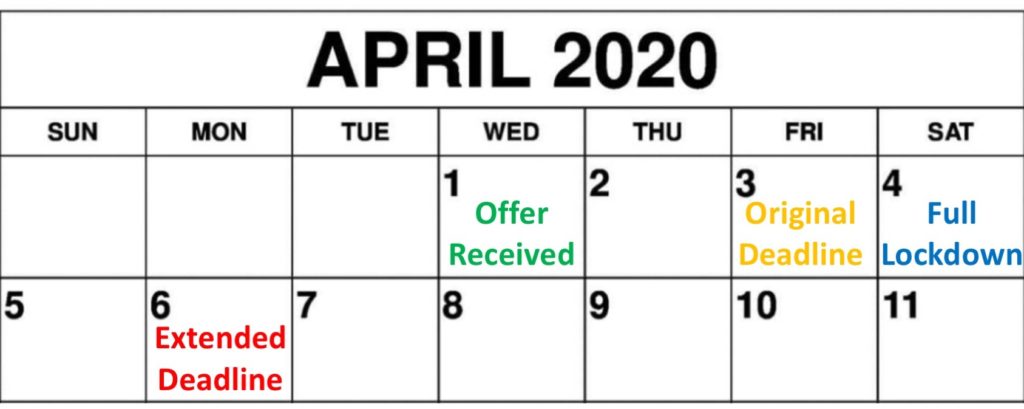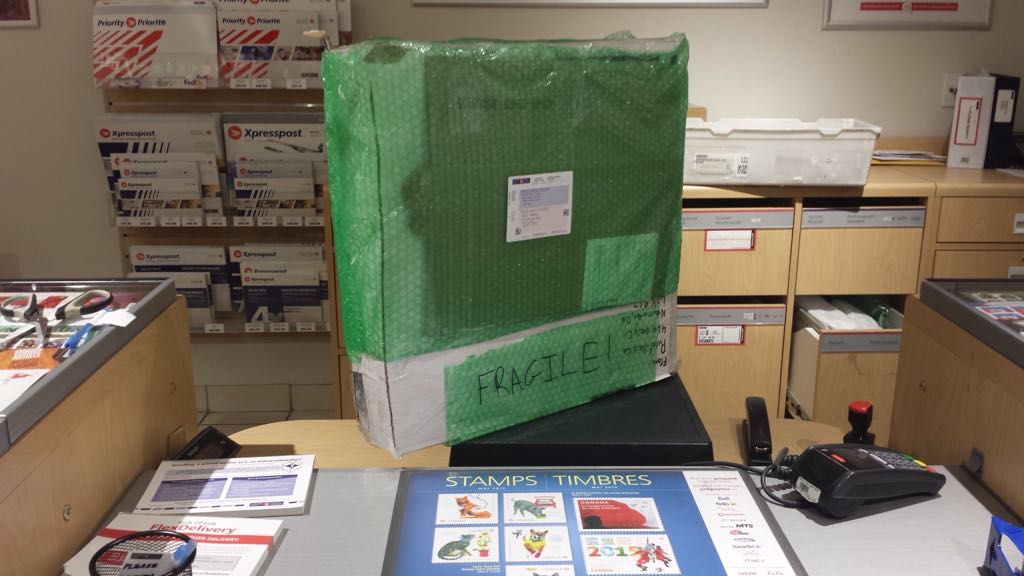Many entrepreneurs know that running a business is like riding a constant roller – there are many ups, downs, twists, and turns. My eCommerce business is no different. But something unbelievable happened last year that, to this day, still has me in awe.
In this post, I’m going to share the story of how I was 48 hours away from losing my eCommerce business and the extraordinary sequence of events that occurred last year.
Background
My eCommerce business, PureFilters, was started 5 years ago and it specializes in air and water filtration products. It started off as a side project while I was running my PPC agency but eventually grew into a full-scale business with over 30,000 customers across Canada. My partner, Nadir, manages the operations while I back the business, financially.
Unlike service businesses, it’s a lot harder for an eCommerce business to be profitable and have consistent free cash flow. Margins are thin, with a lot of moving parts, and constantly rising costs. And as you grow, the business starts to consume a lot of cash due to inventory.
PureFilters grew fast, over 100% year-over-year since inception. But as revenues climbed, cash was anemic at best. In fact, halfway through 2019, I had to bail the company out because it was in desperate need of a cash injection.
Early 2020
At the beginning of the year, we were at a point where the business would require another cash bailout, fast. We had only a few weeks to make a strategic decision, otherwise, we would be in big trouble.
We got in touch with an air filter manufacturer that had expressed interest in investing in our business before. They were a large US-based manufacturer, owned by a multi-billion dollar European-based conglomerate, eager to expand into eCommerce.
They sensed that we were in trouble, and after seeing our financials, they had no doubts remaining. After a grueling 12 weeks of due diligence, they presented us with an offer – a terrible one.
The offer was a significant discount to what we felt the company was worth and included very unfavorable terms (earnouts, holdbacks, etc). But they were in a position of advantage over us, and we had no negotiating leverage as we were running out of cash and needed to make a decision fast.
I had 3 options:
- Accept the offer
- Inject more of my money into the business
- Let the business fail
With Option 1, I would at least get my entire investment back, but we would be selling for a significant discount, losing our business and everything we built over the past 5 years.
The optimistic entrepreneur in me wanted to choose Option 2, not wanting to give up and keep pushing forward. But the investor in me rationalized that it would be poor portfolio risk management to have so much of my cash tied up in a single asset, especially considering the risk of permanent capital loss was high. Our profitability prospects at that point were bleak, growth slowing down and I felt that my capital could be better utilized elsewhere.
It came down to deciding between options 1 and 3 – accept the offer or let the business fail. It didn’t make sense to just let the business fail when we had an offer on the table, so option 1 seemed the most logical.
It was a tough decision, and both my partner and I were exhausted from the past couple of months of due diligence and skating on thin ice from a financial perspective.
We were presented with the offer on April 1st (Wednesday) and had to make a decision by April 3rd (Friday). Even though we were ready to accept it, we pushed the manufacturer to give us the weekend to think about it, and they agreed to an extended deadline to April 6th (Monday).
Saving Grace
COVID was already spreading at this point, and there were series of partial lockdowns already happening. However, it wasn’t until April 4th that Canada did a full lockdown which included hardware stores (our biggest competitor). My mind was so occupied with this deal that I hadn’t even considered what a full lockdown meant for our business (and eCommerce in general). But on April 4th, as hardware stores closed their doors, our daily sales grew by 300% immediately. That meant 4x as much cash was pouring into our business.
All it took was 48 hours for the tides to turn.

Monday came around, and with a new sense of confidence and cash pouring in, we fired back with a reasonable counteroffer, negotiating the deal value and terms. This bought us a bit more time to strategize what declining the offer would look like and map out various scenarios and financial situations.
I calculated that if the lockdown lasted 2 months, meaning 300% increased sales volumes for 60 days, we would be back in the green and in a stabilized financial situation. It was still a gamble at that point, as no one knew how long the lockdown would last – but it was a risk I was willing to take.
When the manufacturer came back, not wanting to budge on their offer, we promptly declined it.
Fast forward to today (302 days later), the lockdown is still ongoing and my eCommerce business is deep in the green and in a very stabilized financial situation – the gamble had paid off.
Key lessons learned
An experience like this forces you to think about key lessons and reflect on the unique situation that transpired. So here are my main takeaways:
Don’t get too focused on revenue
Many of our cash problems really came down to this. We sacrificed profits in order to continually grow revenues as fast as we could. Not to mention, unless you have a negative cash conversion cycle, most eCommerce businesses consume a ton of cash as they grow.
When you’re a bootstrapped business, you can really only do this for so long before you run out of money. Growing revenue feels great, it’s a dopamine hit, but in reality, it’s just a vanity number. It’s profits and free cash flow that really matter to you as an owner.
We have taken drastic measures to improve free cash flow and focus on profitability. We vowed to never let revenue growth lead us to make reckless decisions again.
Negotiating is about leverage
There are so many books out there on negotiating and deal-making. But the reality is, there’s no amount of slick-talking or psychological tactics that will trump negotiating from a position of advantage. It’s all about leverage.
The manufacturer almost got a sweet deal simply because they were in a position of advantage over us. But our demeanor at the negotiating table changed drastically as soon as we realized that we had another viable option. If you can, only enter negotiations when you know you have the upper hand in order to optimize your outcome.
Luck plays a factor (so stay humble)
What are the chances that a global pandemic would intercept us selling our business on unfavourable terms? Extremely low, but it happened.
If you look closely at any success story, you’ll notice that an element of luck was present in one form or another. Some people call it being at the right place at the right time, seizing an opportunity, a favourable consequence – whatever it is, be grateful it happened to you and stay humble.
Buy time when necessary
If you’re in a position of significant disadvantage in a negotiation, forced into a checkmate, buy time. It reminds me of this proverb:
A king had a magician sentenced to death but agreed to the magician’s plea to delay the sentence for 1 yr, during which time he’d make the king’s horse talk.
The magician reasoned that anything could happen in a year. The king may die. The horse may die. I may die. Or the horse may talk.
…or in my case, a pandemic-induced lockdown may happen.
Hi there! I’m Jay Vasantharajah, Toronto-based entrepreneur and investor.
This is my personal blog where I share my experiences building businesses, making investments, managing personal finances, and traveling the world.
Subscribe below, and expect to get a couple of emails a month with some free, valuable, and actionable content.





3 thoughts on “I Was 48 Hours Away From Losing My eCommerce Business”
What an amazing turn around … I have been there and can totally relate
Great story!
Thank you, Jay!